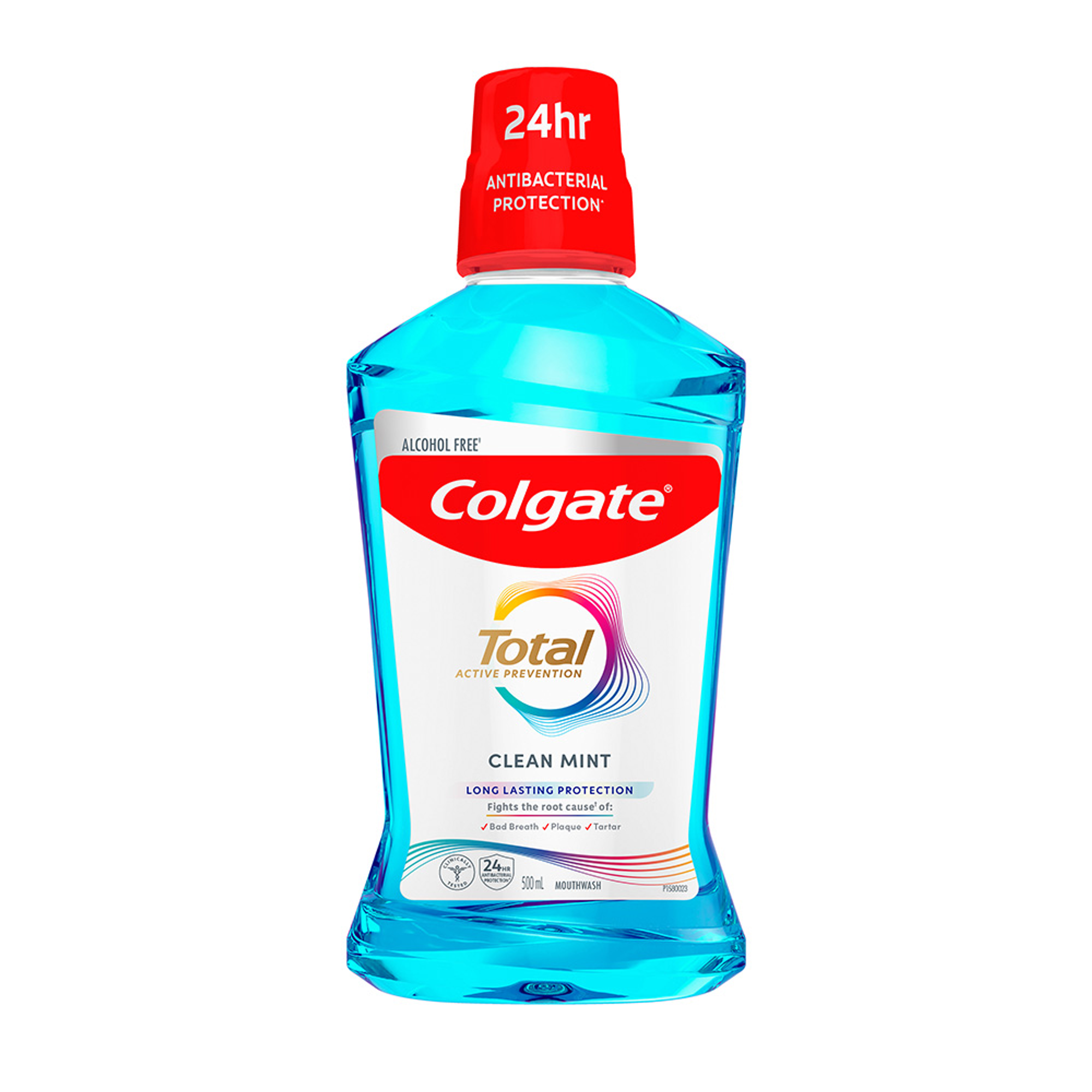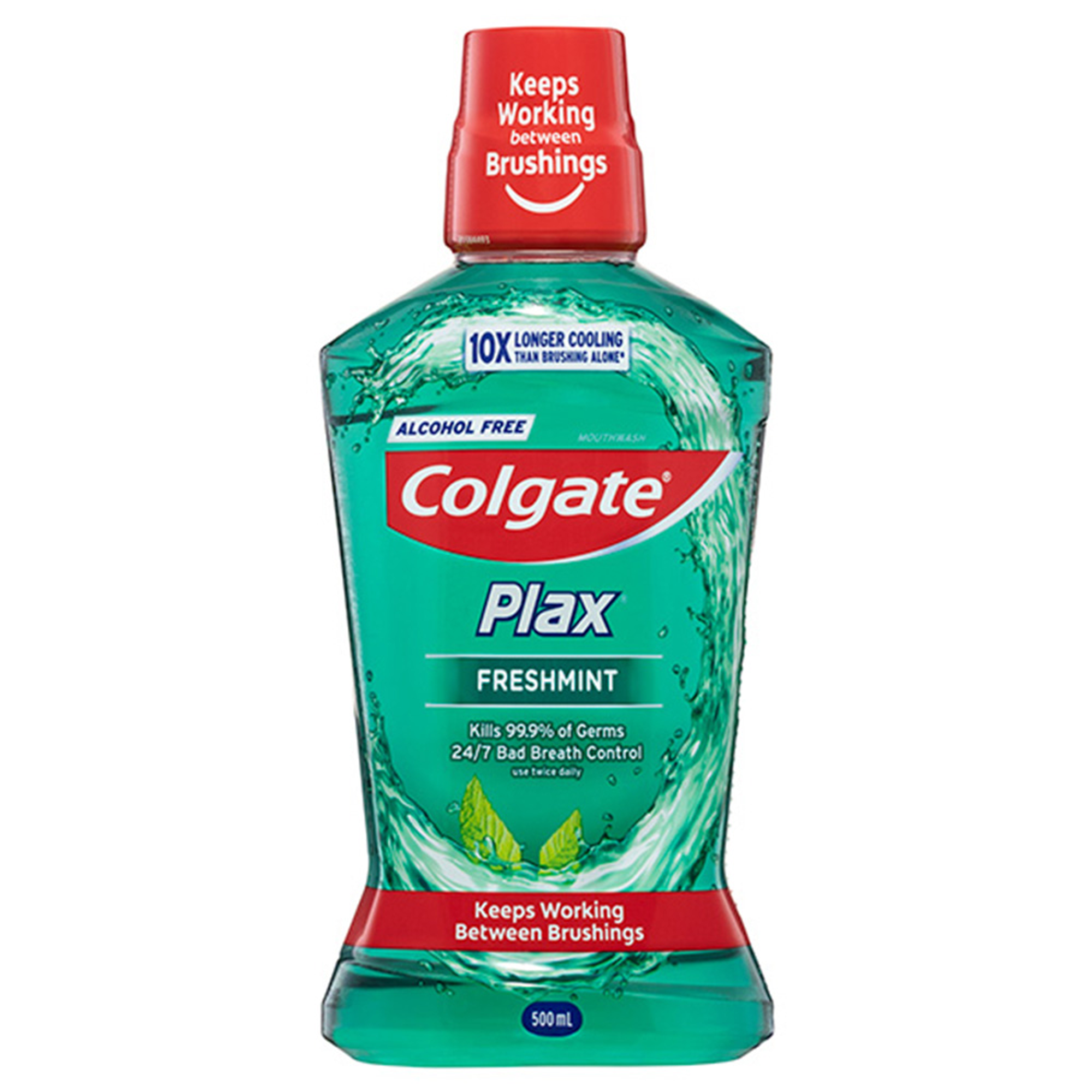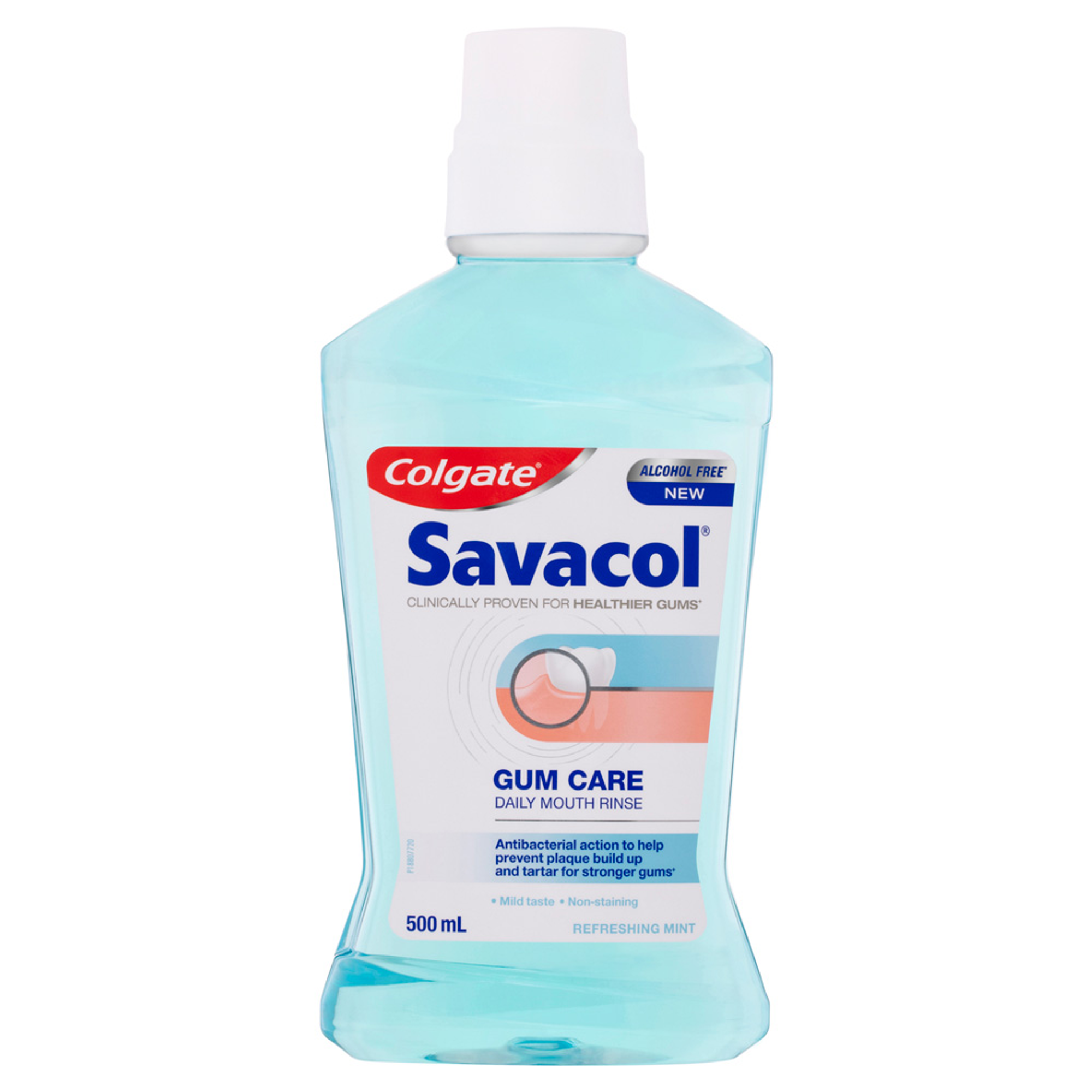
16th April 2020
“Fake news” seems to be today’s “real news”. Gone are the days where people relied solely on the morning newspaper and the 6 o’clock news for their information, or their trusted health professional for up-to-date oral health advice. We now have so-called experts and sources anywhere and everywhere, which, through all the various media platforms out there such as social media, have the ability to reach our patients in ways they were never able to previously. With the plethora of sources, this can no-doubt cause some confusion to our patients. There is a probability that many of these sources are not professionally educated, which may then lead to potential health ramifications for our patients. We as the true oral health professionals need to therefore be firstly aware that this is happening, and secondly, understand the basis of these fads so we know how to tackle them head-on. As professionals, we need to differentiate ourselves from these other sources and be able to provide our patients with a much clearer understanding of what is fact or fiction.
Let’s review some of the most common, recent fads, and the truths or myths about each:
Oil pulling
Oil pulling is an ancient natural remedy involving the use of an oil, for example coconut, and swishing it around your mouth for 15-20 minutes, in order to “pull” the oil in between your teeth and gums. This is claimed to provide several benefits such as reducing periodontal disease, reversing dental caries, preventing halitosis, and even whitening your teeth. Some studies have shown that coconut oil has some antimicrobial efficacy, such as, its ability to reduce the number of Streptococcus Mutans on a similar scale to that of chlorhexidine mouth rinse1, as well as the positive effect of coconut oil in plaque-related gingivitis2. However, regardless of these rare and usually small-sized studies, and although useful in ancient practice where toothbrushes, toothpaste, floss and mouth rinse weren’t readily available, it is by no means a replacement, in the modern world for a good oral hygiene routine, with brushing, use of a fluoride toothpaste and flossing. If a patient insists on oil-pulling, I never disagree with them, I do continue to promote good brushing and flossing techniques and ensure this is done well regardless.
Charcoal products
Charcoal is very trendy and is in a range of oral health and beauty products, however not all products containing charcoal are the same or have undergone the same amount of rigorous testing and assessment. This is something I stress to my patients. As Oral Health Professionals we play a very important role in helping our patients choose products that are safe.
There are several charcoal toothpastes on the market and those provided by reputable companies, go through extensive testing and assessment processes to ensure they are safe, just like any toothpaste or oral care product. However as we know, there are also those products often sold online that have not undergone these processes or testing, it is very difficult to get product detailing on these types of products and you really do not know what is in them. I caution my patients about purchasing these types of products as you should always know what is in the products you are using.
At-home DIY whitening kits
Everyone wants whiter teeth. Not everyone is able to afford professional peroxide-based treatments. This means many are going to try home remedies they may have googled, such as baking soda formulas, or whitening kits bought online. If my patients are unable to afford the professional options I advise, I’m accepting of them trying other things at home to attempt whitening their teeth, so long as I’m sure what they’re using will do them no harm. However, I do inform them that home remedies do not usually work as effectively as professional treatments, and I do insist they use formulas that do not include acids such as lemon juice or apple cider vinegar. I also recommend product options that I know work, such as Colgate Optic White toothpaste. In regards to online kits, I will always recommend against these products completely. These kits generally provide non-custom ill-fitting mouthpieces, which can cause the whitening gel to overflow onto gingival tissues and intraorally, which, if the products do actually contain any peroxide, can lead to tissue damage.
Fluoride-free toothpaste and non-fluoridated water
This one is a tough one to tackle. The anti-vaccine, anti-fluoride movement is getting stronger, with some communities even going so far as to completely remove fluoride from their water sources. I’m completely against fluoride-free toothpaste, as many are unregulated and either are extra abrasive (eg. some “smokers” toothpastes), or contain acids such as lemon juice. I advise my patients against using these products. However, for those that hold the belief that non-fluoride pastes are best, I will generally offer harm-reduction advice such as helping them choose a fluoride-free toothpaste which does not contain acids and harsh abrasives. I also try and ensure they maintain a good diet as well as their 6-monthly dental check-ups to try and minimise their risk of dental caries . At the end of the day, I’d still rather them brush and floss well, than not brush and floss at all.
How do we tackle these fads and trends as an oral health professional?
I personally feel that as health professionals, we have a duty of care to help guide our patients on the right path to better oral health. In that regard, I ethically and morally feel we have an obligation to inform our patients if there is a particular fad or trend that may be harmful to them. Having said that, in many situations, I feel these fads are harmless, and if our patients want to continue with the fad then I have absolutely no problem with them doing so, provided they understand that I wouldn’t recommend it personally and professionally. Along with this, I typically offer at least one alternative they may want to try, which I know does have some scientific benefit, or a modification to the fad which may make it more beneficial. If a patient is determined to do something you consider harmful, you must advise them that you do not agree with their choice, offer safe alternatives and record this in their file.. I usually find, as the saying goes, that you attract more flies with honey, and patients usually respond very positively to this more soft-handed approach. I’d rather retain the patient, continue to build rapport, and maintain their oral hygiene, than risk arguing with them over something trivial like oil pulling, and potentially risk losing them as a patient. It is indeed a fine line that we need to walk.
What now?
I honestly believe that as health care professionals, we have a duty of care to ensure we do no harm to our patients – and that means helping them navigate through the plethora of trends and fads currently out there, as well as the ones that will no-doubt come in the future. Fads are exactly just that – they come and they go. However, we can’t just wait for them to dissipate. These short-term trends have the potential to cause long-term ramifications for our patients if left unchecked. Nobody’s perfect, and so long as we’re helping guide our patients down the ever-so-foggy path to better oral health, that’s all we can look to realistically achieve. Good luck!
Dr Sam Koh is a general dentist in private practice, with special interests in Cosmetic Dentistry and Orthodontics. Dr Koh has been awarded with prestigious fellowships from the International Academy of DentoFacial Esthetics in New York, the Pierre Fauchard Academy in London, as well as a fellowship in Orthodontics. He is the co-founder of the Young Dentist Hub, and a speaker/Key Opinion Leader for several dental companies. Dr Koh is a contributing writer for the Colgate Advocates for Oral Health Editorial Community.
Join us
Get resources, products and helpful information to give your patients a healthier future.
Join us
Get resources, products and helpful information to give your patients a healthier future.











